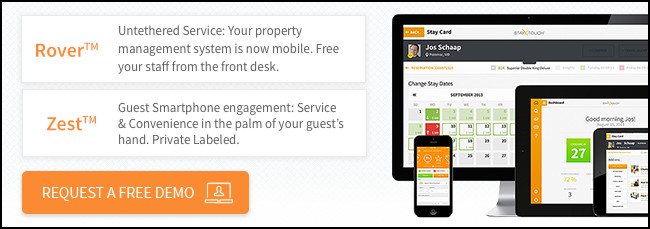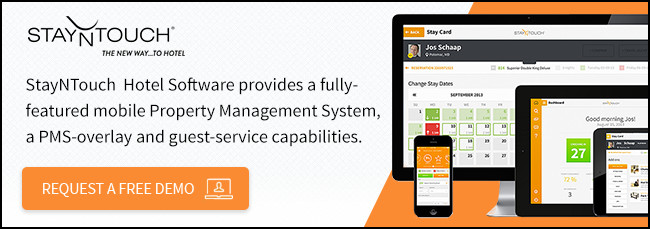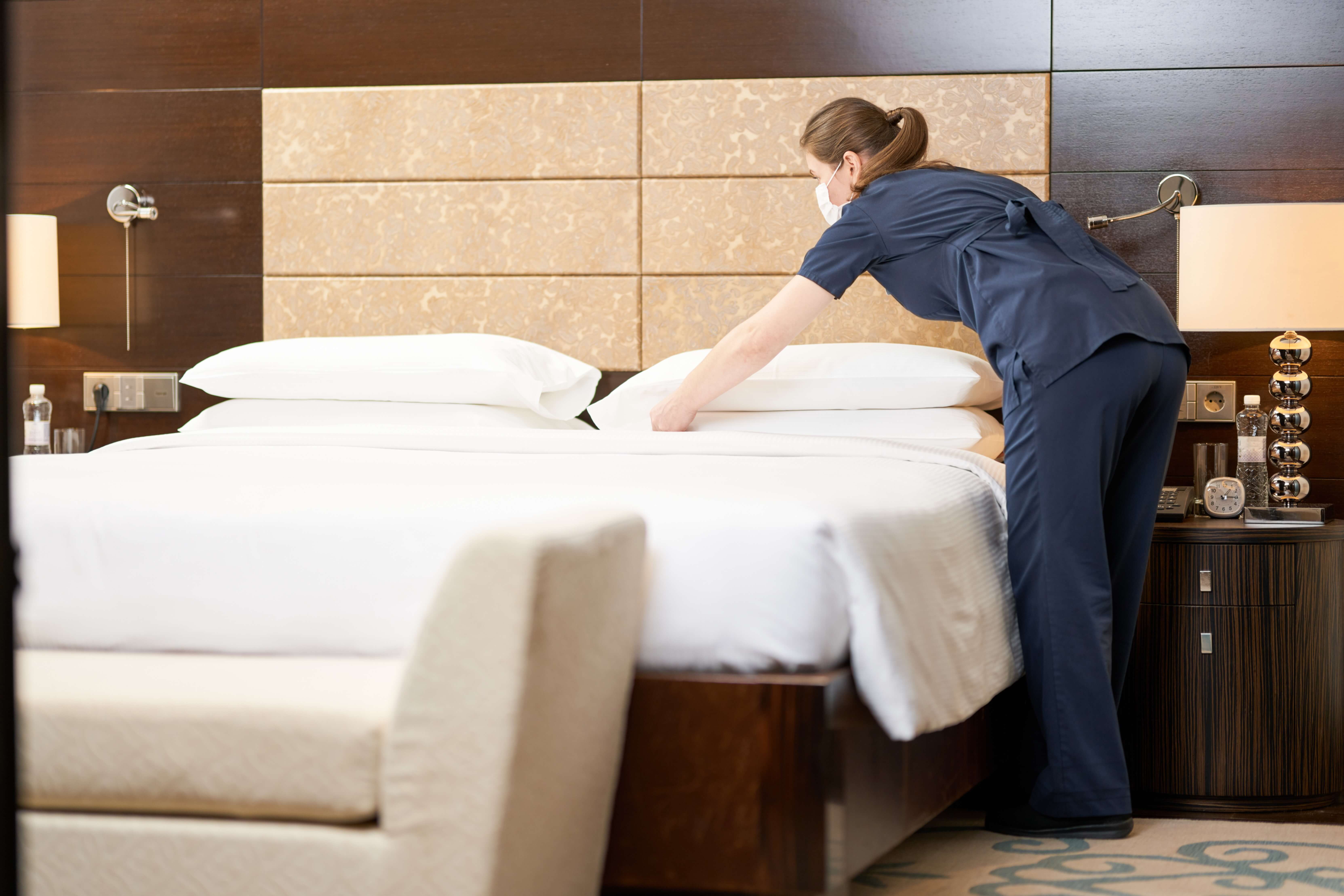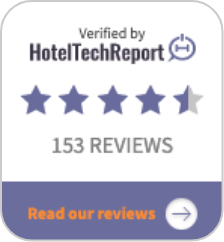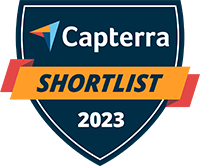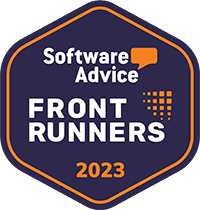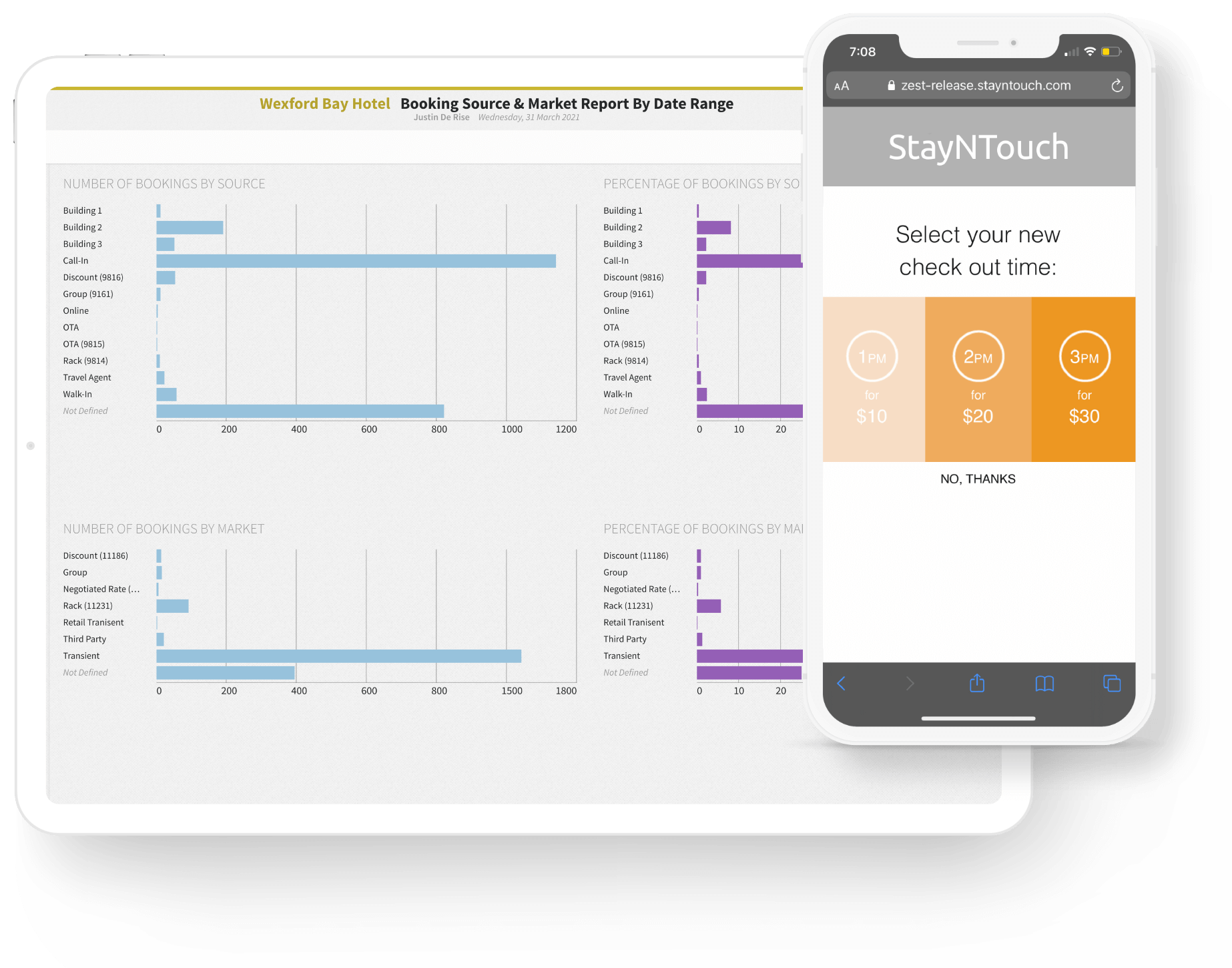Increasing profitability is ultimately what we’re all trying to do and the advent of new technology and innovations such as cloud and mobile technology now play a central role when it comes to maximizing return on each channel. Technology – or lack thereof – can be a major barrier for many revenue managers today; without the right tools, the job can be overly manual and laborious, and revenue opportunities lost.
With the right technology hoteliers can take advantage of pricing strategies that will help maximise return on each channel and increase market share against competitors. Here are 4 such pricing strategies that can help you get more bookings and market share for your property:
Hotel Pricing Strategy #1: Integrate It’s no secret that hotels suffer from having multiples systems across many departments all with layers of useful data that do not communicate well, or at all with each other. Seamless integration between disparate streams of data into one collated dashboard makes for a powerful tool. Pooling inventory across all channels, direct (website, walk in, repeat guests) or indirect, with real-time data, allows hoteliers to increase revenue and reduce waste. Hoteliers have the ability to manage rates and inventories 24/7, sell all rooms online at once, without risks of overbookings or errors. In addition, two ways connectivity allows integrated reservations, meaning the bookings are automatically entered into your PMS, eliminating duplicated tasks.
In a nutshell, hoteliers can ensure all inventory is available across all channels, improving efficiency of their product and the response offered to the traveller.
Hotel Pricing Strategy #2: Automate After you integrate, you really need to take advantage of automation. When it comes to updating and adjusting of rates on multiple channels, potentially multiple times a day, many hoteliers still take the traditional, manual approach to revenue management. However to achieve optimal revenue in a highly competitive environment requires a speed and response ability that a person cannot attain.
However with the use of automated pricing technology, hoteliers can reduce the time and energy spent manually collecting, entering, analysing and reporting market data. Revenue managers are able to deploying changes and decisions to their selling systems both routinely and immediately.
A truly automated system can make many simultaneous adjustments instantly, across multiple sales channels, create consistencies, reduces the number of error, freeing time so that teams can address tasks that require more rigorous analysis and planning, all allowing a property to significantly increase their operating dollars.
Hotel Pricing Strategy #3: Switch to open pricing: Most hotels today use a fixed-tier pricing approach. Based on best available rate (BAR), or what is commonly known as BAR pricing, it’s easy for hotels to implement and manage, but to combat the growing complexity of the hotel distribution landscape hoteliers should move to a more holistic revenue strategy that employs new technologies and techniques such as open pricing.
Open pricing is the idea of raising or lowering prices on different channels based on demand, rather than closing channels out or adding length-of-stay restrictions to discounted channels when demand is high. This gives hotels the ability to price all room types, channels and dates independently of each other to maximize revenues without having to close any off. Duetto argues that fixed-tier strategies based on BAR or other restrictions “severely limit” hotels’ revenue potential. With open pricing, the door is always open – but at prices that suit demand on each channel.
New technology and the integration of property management, central reservation and revenue strategy systems are making this complex matrix of pricing a reality giving hoteliers the opportunity to maximizing revenue by selling the right room to the right customer at the right time for the right price.
Hotel Pricing Strategy #4: Tap into last minute bookings: The portability and immediacy of mobile devices has changed our researching and spending habits. More and more of us are now booking travel via mobile devices. A study by Criteo found that in Q1 2016, 27% of all global travel bookings were made via a smartphone. When it came to hotels, OTAs generated 40% of hotel bookings through mobile devices while hotel suppliers generated just 18%, and when it came to same-day bookings received there was also a noticeable gulf. Within the 24 hours leading up to check-in, OTAs received 67% of mobile bookings compared with 41% generated by hotel suppliers.
Hotels who capitalize on a mobile-specific distribution strategy by adjusting their pricing strategies to better optimize this channel will increase their mobile booking share. “The trend towards mobile bookings and the accompanying trend towards last-minute bookings represent a huge opportunity for hotels to sell their very final rooms, right up to the last minute. But only hotels with the right technology in place will be able to take advantage” Siteminder.
These are just 4 such hotel pricing strategies that can help boost your hotel’s revenue – let us know of other hotel pricing strategies that you think should be added to the list!
See a demo of our PMS and learn how to get more bookings and increase market share for your hotel.
